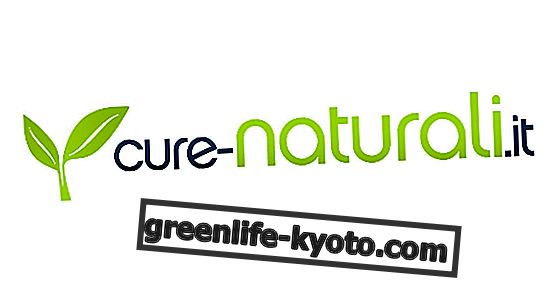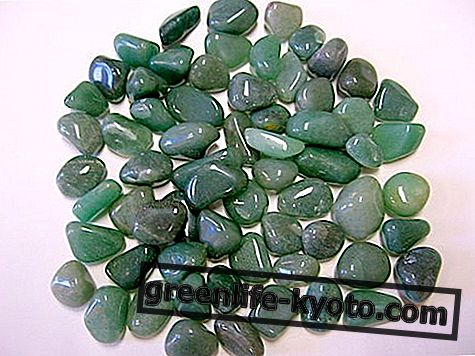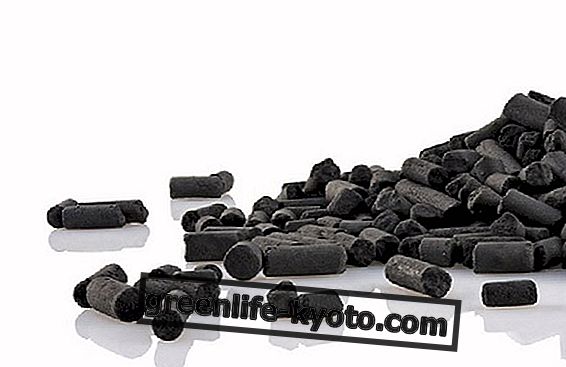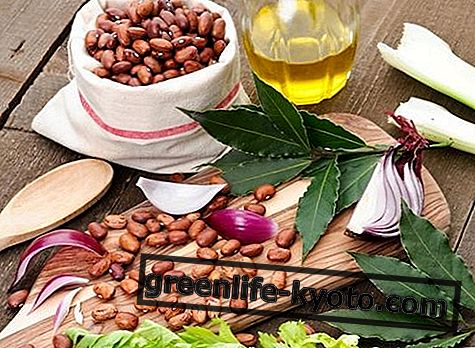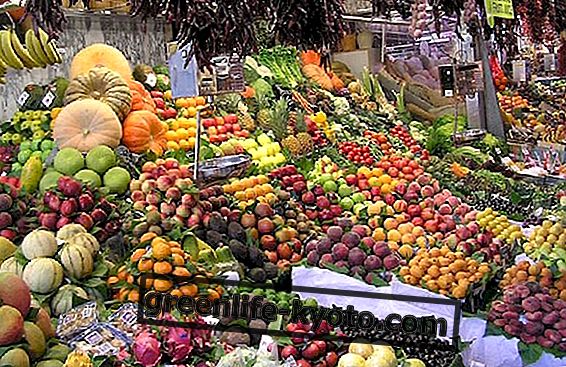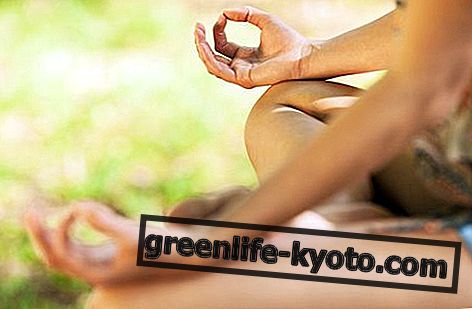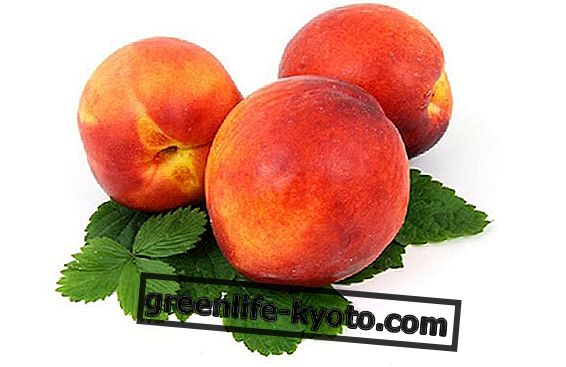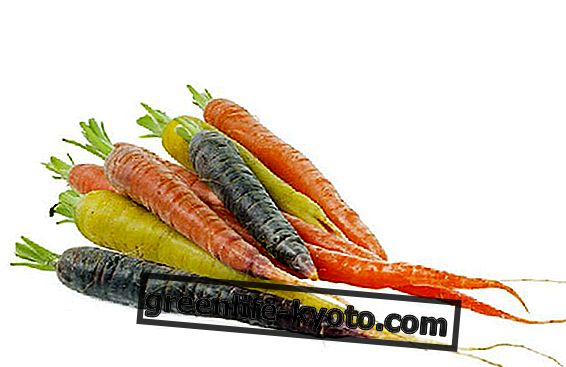
The lavender plant is a perennial aromatic typical of the Mediterranean area and of the bush along the coasts of the sea. Its scientific botanical name is Lavandula officinalis and many varieties have been selected for both ornamental and production purposes.
Its leaves are of a particular silvery gray color and have rich pockets of essential oil located on the upper page of the leaf, a protection from the sun's rays and therefore its exposure to the sun is certainly to be preferred over the shaded locations.
The purple inflorescences are well known as well as its perfume; the flowering of this plant occurs from late spring until late summer, a period in which there is the collection of leaves and especially of flowers.
Pot cultivation of lavender
The lavender plant is usually grown in the ground being a perennial plant that grows from year to year; it is however possible to cultivate it also in pots and keep it on the balcony to enjoy its beautiful flowering and to use it for self-production in the kitchen or for the well-being of the person.
Need for a large vase with a depth of at least 40 centimeters, better if terracotta because it allows better ventilation and dispersion of temperature. The soil for lavender cultivation is dry and well drained ; we therefore recommend adding sand and porous material such as expanded clay in the soil mix.
It does not like the stagnation of water also because they increase the risk of rotting of the root system; to guarantee the exit of the water you need the hole in the bottom of the pot and it is also advisable to add some stones, even in the middle of the soil.
The best exposure for lavender, as mentioned, is in full sun . If it is in an area that is too dark, it may not develop well and the blooms themselves would not be very luxuriant.
In winter it is better to protect it from the cold, if the cultivation is in pot, precisely because it does not like frost and in the pot the roots are less protected than in the open field.
A good pruning will be necessary to keep the lavender plant inside the pot or through the cutting technique it will be possible to create new lavender seedlings from our mother plant.
Lavender is a plant that hardly suffers diseases and attacks of pests, on the contrary: often its perfume removes and is repellent for some harmful insects and is contrary loved by useful insects . In fact it is considered one of the 10 plants to be cultivated to protect the garden from insects (together with aromatic plants).
How to make the potted vegetable garden?
Drying of lavender
Lavender has multiple uses both in the kitchen and for the preparation of cosmetic products, for wellness, for personal and home hygiene.
Usually they are the inflorescences and the leaves that contain the greatest percentage of essential oil that, once collected, are transformed or dried.
Drying can be done with traditional methods such as collecting the bunch of dried lavender branches upside down in a shaded and well-ventilated place, or the ears and leaves are directly shelled with subsequent drying in the loom.
The most commercial methods require large quantities of lavender and have specially structured machinery for controlled drying with regulation of temperature, time and percentage of humidity.
Once obtained, the dried lavender can be stored in a dark glass jar with a sealing lid to maintain its properties for at least a year.

Use in lavender cooking
In the kitchen, lavender is used as a spice for flavoring mainly sweets such as biscuits, cakes and for adding special touches in refined dishes.
The fresh flower can be used as a garnish or as a real food since it is edible. Dried flowers and leaves can be used for making hot or cold drinks.

Lavender among natural remedies
For health the remedies with lavender are many: herbal teas, essential oil, ointments, ointments, olioliths, etc .; based on its properties, the best form of taking the natural lavender remedy is chosen.
Lavender herbal tea is useful for states of anxiety and nervousness ; it is in fact a calming and natural anxiolytic indicated for both adults and children.
It is also used as an antidepressant, anti-migraine and natural analgesic due to its relaxing and relaxing properties and finally in case of respiratory problems being a natural antiseptic.
The essential oil of lavender is one of the basic remedies to be kept in the green first aid of the house and is excellent for relaxing, relaxing, calming and regaining your balance ; it can be used in aerial diffusion or in contact, since it is one of the few essential oils that can be used pure on the skin, while the other essential oils are irritating and if not well dosed they can be risky because they are very concentrated.

Lavender products, from personal and household cleaning to fabric dyeing
The lavender-based cleaning or hygiene products that contain the essential oil are excellent natural fungicides and antiseptics ; to clean the house it becomes a good ally also considering the pleasantness of its aroma. Furthermore the lavender fragrance is repellent for harmful insects and in particular it keeps mosquitoes away.
Lavender can also be used for cosmetic products and the preparation of perfumes of high quality and tradition like those typical of Provence.
Finally, its particular coloring can be extracted to dye fabrics such as hemp and cotton with results much appreciated by fans of the "100% nature dress up".
Here's how to use lavender for health, beauty and home
22228.jpg "data-type =" article_long ">

